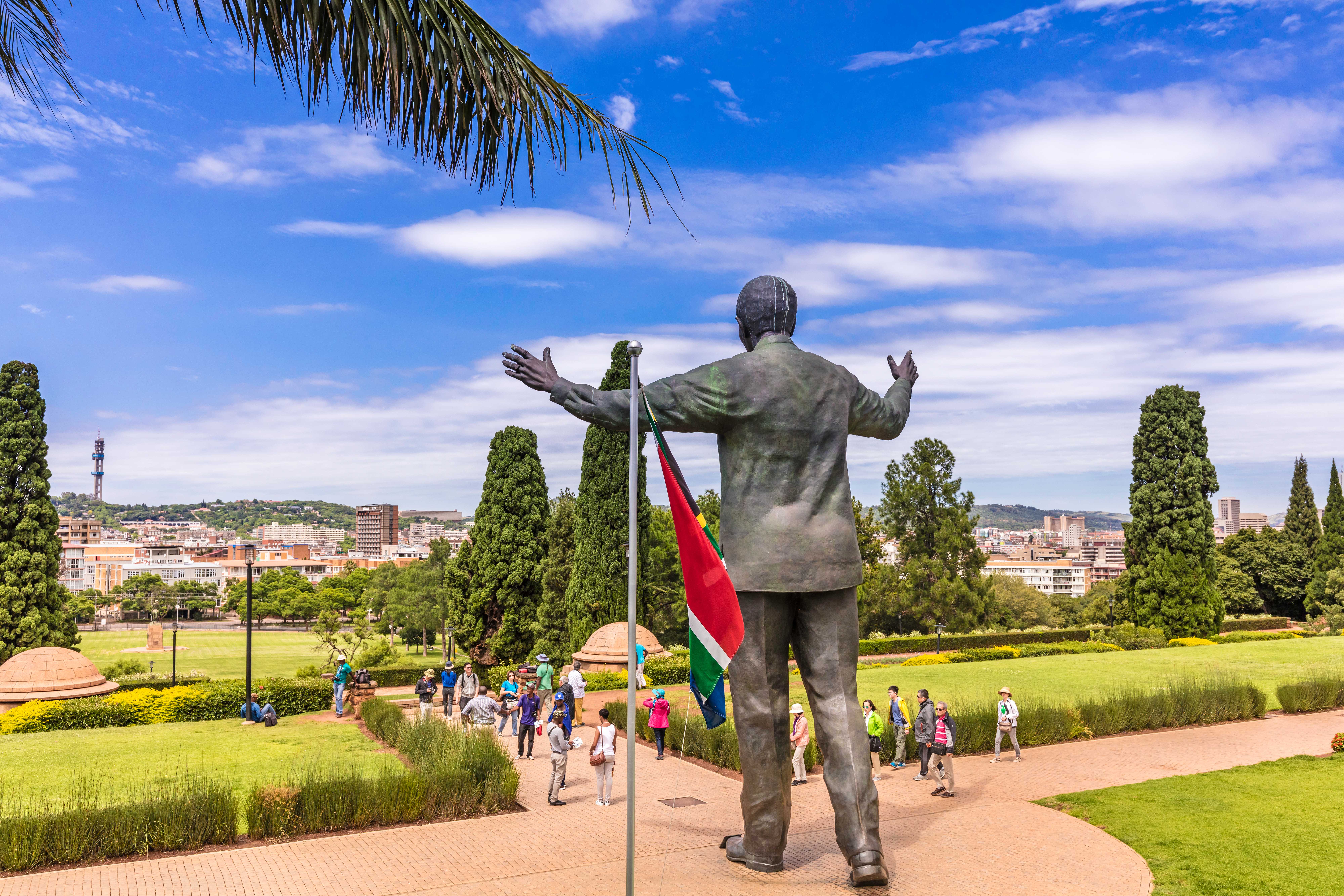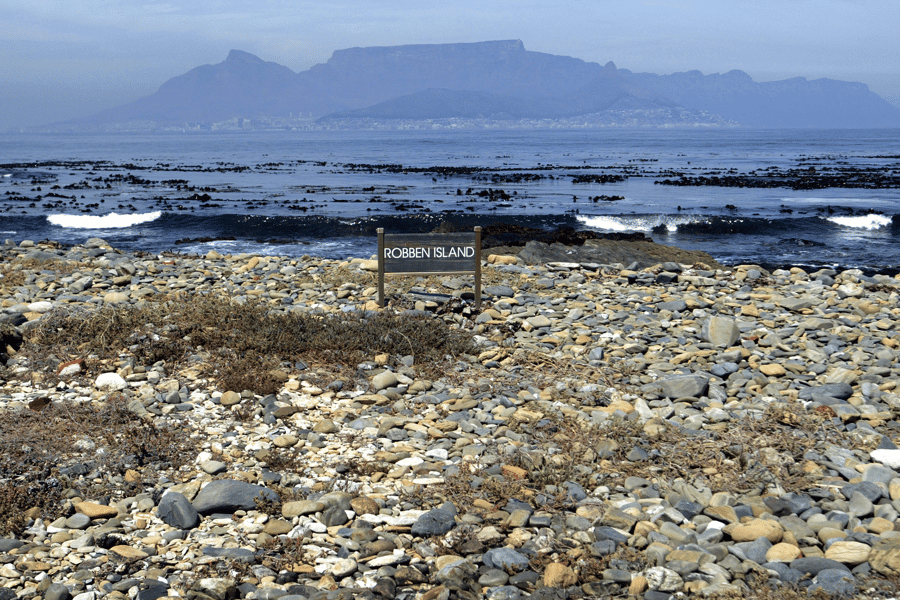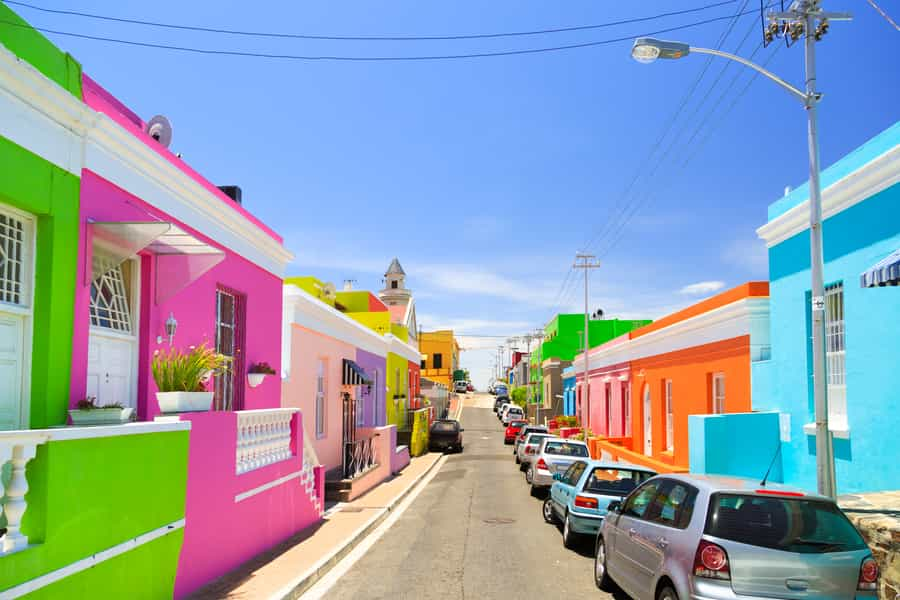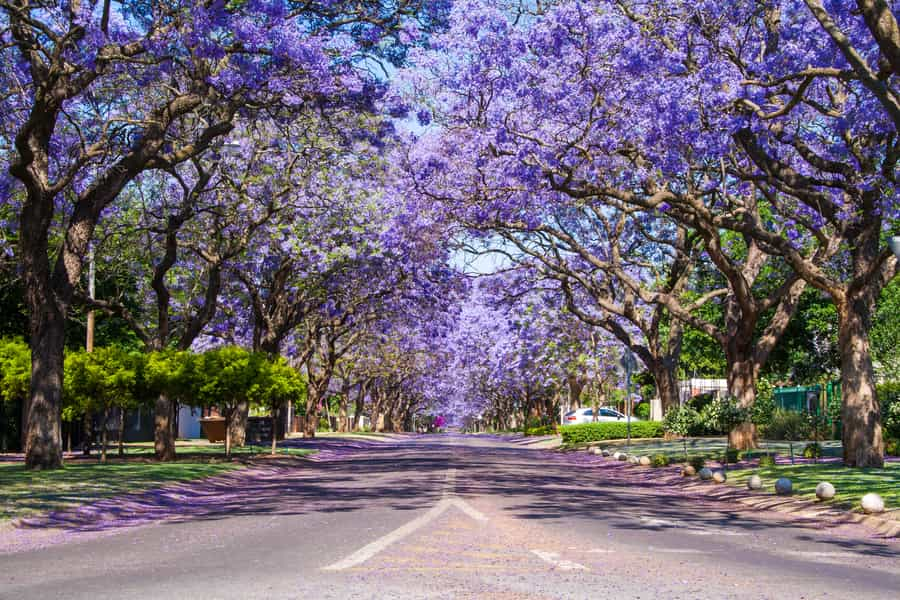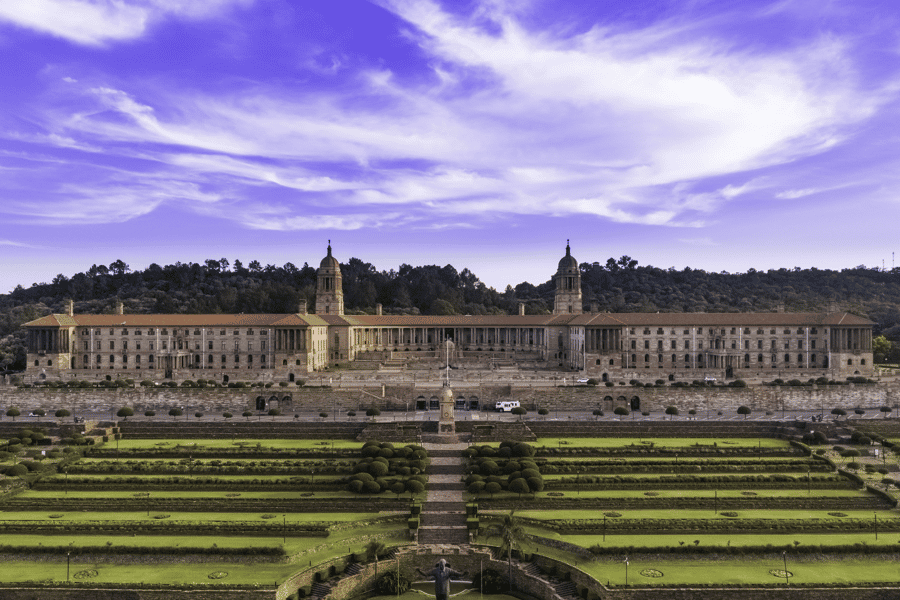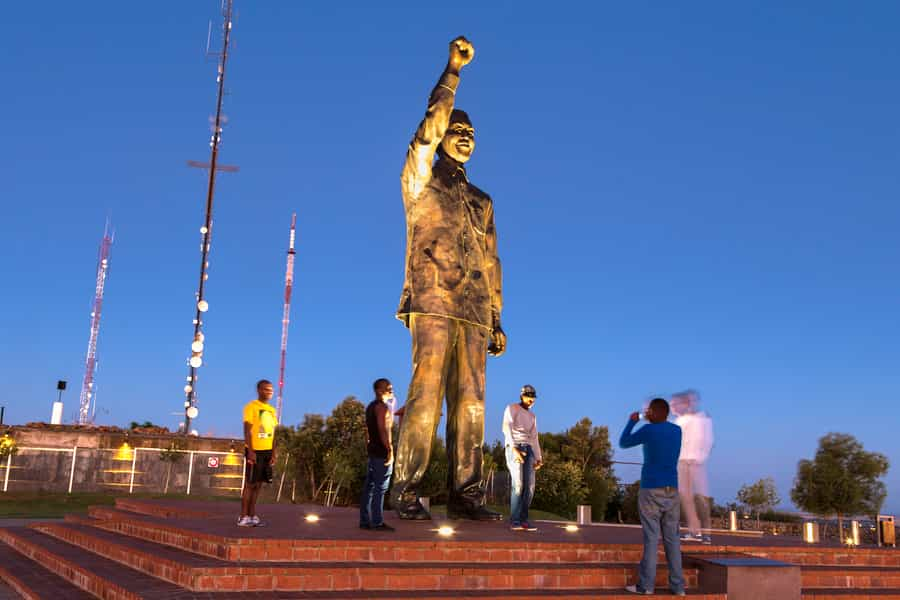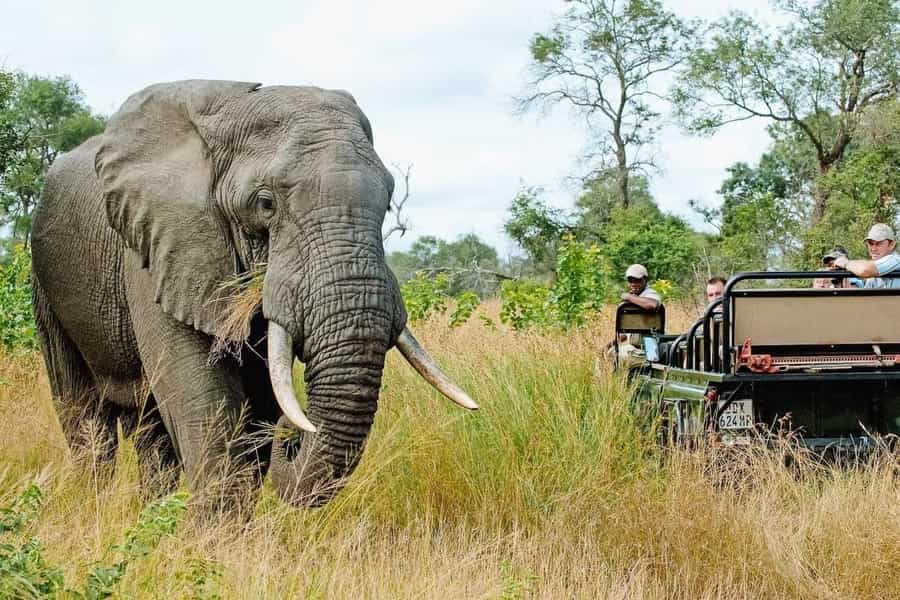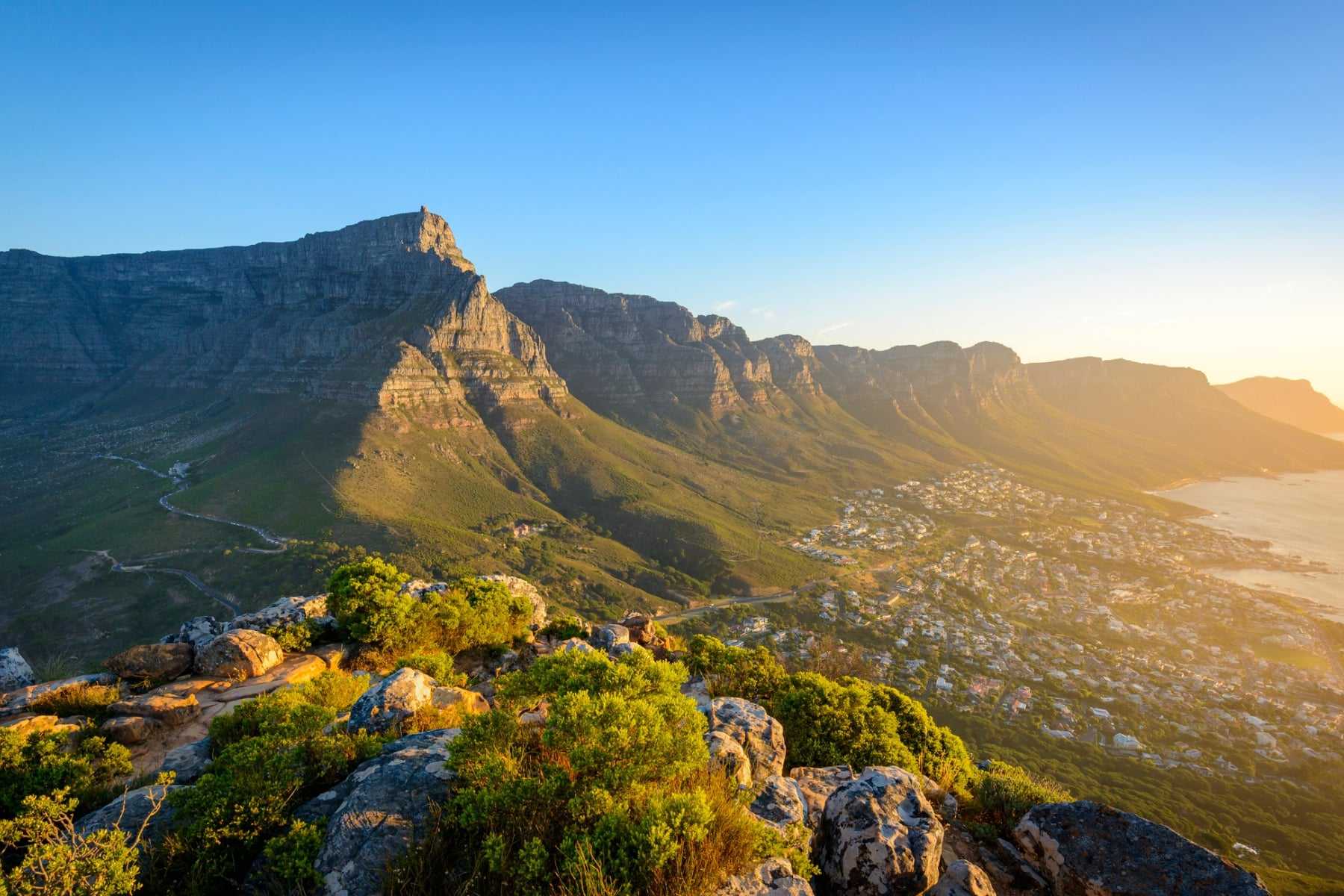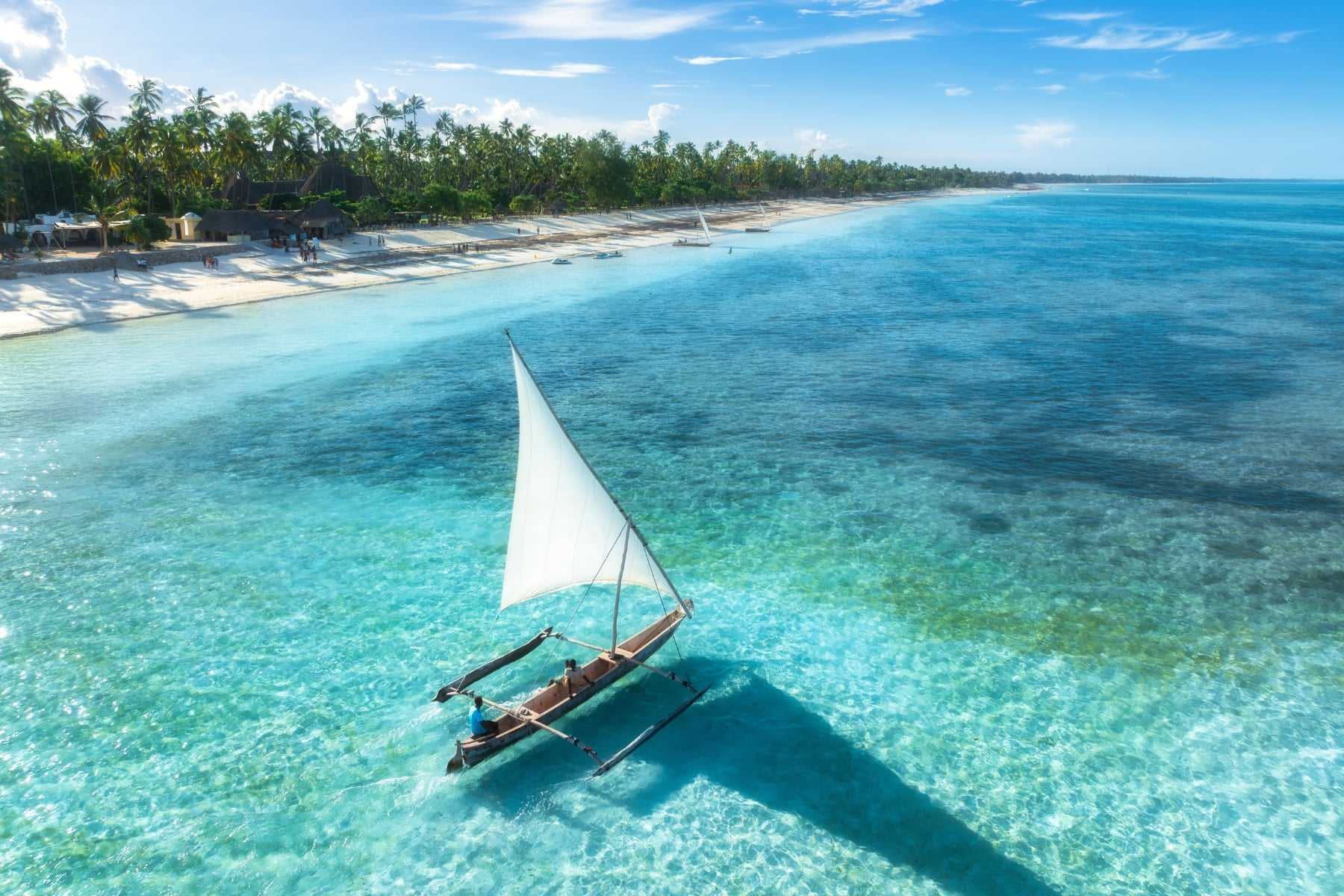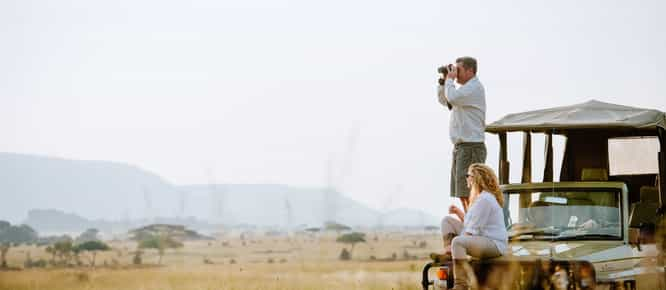Exploring South Africa’s capital cities
South Africa is astoundingly diverse. The country has twelve official languages (and at least 23 others are spoken throughout the country), a variety of religions, cultures and political affiliations, and a long, fascinating and at times deeply troubled history. For some, this history is one of the major reasons to visit South Africa and multiple museums and landmarks provide insight into the different historical eras, particularly in the capital cities. And yes, that is a plural, for South Africa actually has three capital cities, itself an indication of a diverse and divisive history. In this article, we will be taking you through the country’s capitals, their history and highlights, and how South Africa came to be the place it is today.
Why are there three capitals?
During the course of South Africa’s history, there were two significant wars between the British and the Afrikaners. Following the second – won by the British – the Union of South Africa was formed in 1910. The Union merged four previously separate colonies and three capital cities were chosen in order to prevent any single city or region from dominating the leadership of this new relationship. Pretoria was chosen as the administrative capital, Cape Town as the legislative capital and Bloemfontein as the judicial capital. It has remained this way ever since, both because of the logistical difficulties of changing it and because it aligns with South Africa’s diversity, ensuring that there isn’t a concentration of power in a single region. Ultimately, it is a symbol of national unity, which recognises South Africa’s complex history and honours the various identities found throughout the country.
Cape Town: a history
Before the arrival of the Europeans, the Cape Peninsula was the home of the Khoisan people, and for thousands of years, they traded with Arab and African merchants as they travelled along the Indian Ocean trade routes. The first European to set foot in South Africa was Bartolomeu Dias, who made landfall in the late 15th century. In 1652, the Dutch East India Company established a supply station, and it was this that began Cape Town’s official history as a settlement. Slaves were brought in from East Africa, India and Indonesia, whose influence is still visible in the well-known Cape Malay communities.
During the Napoleonic Wars, Britain seized Cape Town and it became a strategic point for their control of sea routes. After it was briefly handed over to the Dutch, the British grew the city rapidly and it became a centre for settlers arriving in the country, especially during the 1820s. In 1834, slavery was abolished and freed slaves formed an important part of the city’s culture. During the 19th century, Cape Town was a base for Britain’s colonial expansion into the country’s interior, which led to numerous conflicts with indigenous peoples. The discovery of diamonds in Kimberley and gold in Johannesburg turned Cape Town into a gateway for fortune seekers.
In 1910, Cape Town was the largest and most established city in South Africa, and it was made the legislative capital due to its historical and economic significance. In 1948, apartheid was instituted, a system of racial segregation that drastically changed the social fabric of Cape Town and majorly disadvantaged the majority of South Africa’s citizens. Following years of anti-apartheid activism, this regime finally ended in 1994, when South Africa’s first democratic elections were held. Overall, Cape Town was a key player in the country’s political transformation, which is evident in the many museums and landmarks throughout the city.
What to see in Cape Town?
Today, Cape Town is one of the largest and most thriving cities in South Africa, drawing thousands of tourists to its shores every year. It is one of the best places to experience South Africa’s amazing diversity of scenery, activities and cultures. There is an endless list of things to do including fantastic hiking and watersports, award-winning dining and wine tasting, and a vibrant arts scene.
Cape Town is also peppered with historic landmarks including the Castle of Good Hope, which was built by the Dutch in the 17th century, making it the oldest colonial building in South Africa. You can also take a ferry across to Robben Island, a UNESCO World Heritage Site that was used as a prison for political prisoners during apartheid, and the site where Nelson Mandela, South Africa’s first democratically-elected president, spent 18 of his 27 incarcerated years.
Prior to being declared a ‘whites only’ area in 1966, District Six was a thriving, multicultural area. However, this period marked the forced removal of over 60,000 residents. The District Six Museum preserves the memories of this displaced community and the legacy they left behind. You can take a wander through the Bo-Kaap, a historic Malay Quarter known for its sherbert-bright houses, which was home to many freed slaves from Malaysia. It’s fascinating to learn about the unique blend of cultures and traditions, and sample some of the area’s tasty dishes.
The Company’s Garden is another significant spot that houses several historic landmarks including the South African National Gallery, Iziko South African Museum – one of the oldest in the country and home to extensive collections relating to South Africa’s natural and cultural history – and the Houses of Parliament.
While you’re in the vicinity, it’s also possible to add on a few days in the Cape Winelands to your visit to the Mother City, where you can enjoy wine tastings, cycles, beautiful scenery and sunny days galore.
Pretoria: a history
Pretoria is located in the Gauteng province of South Africa, about 45 minutes drive away from Johannesburg. Prior to the arrival of European settlers, the region was inhabited by indigenous peoples, predominantly the Ndebele and later, the Sotho-Tswana. Pretoria as we know it today was established in 1855 after the Voortrekkers (descendants of Dutch-speaking settlers also known as Afrikaners) migrated inland from the Cape Colony during what is known as the Great Trek.
In order to establish independence from British colonial rule, separate ‘Boer’ republics were set up like the Transvaal, of which Pretoria became the capital. Following the First Anglo-Boer War, the Afrikaners re-established the independent South African Republic. The discovery of gold in a nearby region led to an influx of British settlers, which resulted in rising tensions and questions of control once again, ending in the Second Anglo-Boer War.
In 1910, the Union of South Africa was formed and the inclusion of Pretoria helped appease Boer interests. When the apartheid era was ushered in, Pretoria was pivotal in the passing of many laws, while it was also the site of many anti-apartheid protests. The famous Rivonia Trial also took place in Pretoria, which led to the imprisonment of Nelson Mandela. It was also a major area for negotiations between the ruling National Party and anti-apartheid leaders, and eventually, where Nelson Mandela was inaugurated at the Union Buildings.
What to see in Pretoria?
Perhaps Pretoria’s most prominent landmark, the Union Buildings are well worth a visit to learn about their role in South Africa’s history and democracy, take a stroll around the beautifully manicured gardens, and admire the huge statue of Nelson Mandela. Church Square is the historical heart of Pretoria and you’ll find interesting structures like the Old Raadsaal, Tudor Chambers and Palace of Justice, where the infamous Rivonia Trial took place. You can also pay a visit to the Transvaal Museum, home to an extensive collection of fossils including specimens from the nearby Cradle of Humankind – you can even go and see it for yourself.
The buzzing city of Johannesburg isn’t far away, so why not combine Pretoria with a taste of Joburg’s art scene, learn a little more about South Africa’s past at the Apartheid Museum, and treat yourself to a meal at one of the city’s fine restaurants.
Bloemfontein: a history
In the centuries before Europeans arrived, the area around present-day Bloemfontein was inhabited by San hunter-gatherers and later, Sotho-Tswana peoples. Translated from Dutch, Bloemfontein means ‘Fountain of Flowers’ and refers to a natural spring that once flowed in the area. The city has also been called the ‘City of Roses’ due to the abundance of blooms that flourish there.
In 1846, the city was established as a British outpost, but by 1854, they had ceded control to the Boers. The region was declared as the independent Orange Free State and Bloemfontein became the capital. Bloemfontein played a critical role in the lead-up to the Second Anglo-Boer War and, after being captured by British forces, it was used as a base for their military operations. Following the establishment of the Union of South Africa, Bloemfontein has remained a predominantly Afrikaans city.
What to see in Bloemfontein?
Get to know South Africa’s history in even more detail at the National Museum, the Fourth Raadsaal (the former parliament building, which has some spectacular architecture) or the National Women’s Memorial, which remembers the women and children who died in British concentration camps. You can also pay a visit to the Naval Hill Planetarium or take a meandering walk through the Free State Botanical Garden, view the contemporary works at the Oliewenhuis Art Museum, and wander along the Loch Logan Waterfront.
What to combine them with?
When you’re planning a trip to South Africa, the first word on anyone’s lips is usually ‘Kruger’ – and for good reason. If you’d like to combine incredible wildlife watching with your dose of history, then adding a safari to the Kruger National Park to your visit to one of South Africa’s capitals is just the ticket. Then again, if it’s some R&R on the coast you seek, a road trip along the Garden Route is a winner with its charming towns, beautiful beaches and great cuisine.
Now that you’ve gotten to grips with South Africa’s capital cities, their history and major highlights, check out our guide to the best things to do in South Africa as a whole or read all about why you should visit now.
